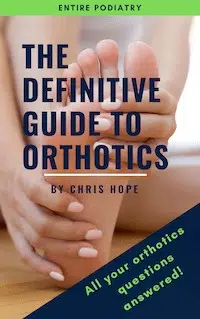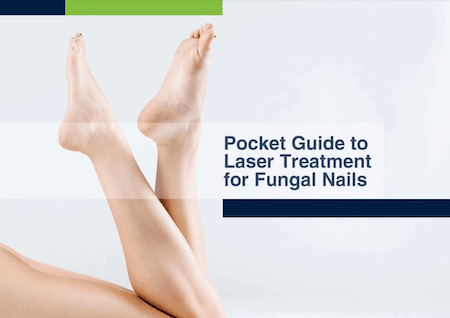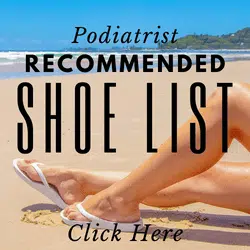Heel spurs are small deposits of calcium that form under the heel bone (the calcaneus). Calcium deposits can build up over a period of several months to form a spur. Heel spurs will usually be visible on x-ray. They are often painless but can also be associated with heel pain.
Are heel spurs painful?
It’s important to note that even if an x-ray shows that you have a heel spur, heel spurs are not usually painful. If you have heel pain, this is often due to inflammation of the plantar fascia ligament (plantar fasciitis) rather than due to the heel spur itself.
What causes heel spurs to form?
Calcium deposits typically form as a result of the body attempting to repair itself by building extra bone. In the case of heel spurs, this repair response is often triggered by repeated stress or pressure on the heel, strains to muscles and ligaments of the feet, and/or stretching of the plantar fascia.
Some of the risk factors for development of heel spurs include:
- Faulty foot biomechanics leading to increased stress on the heel bone and associated soft tissues
- Activities that involve a lot of running or jumping, particularly on hard surfaces
- Wearing shoes that do not adequately support your foot
- Being overweight or obese can also place additional stress on the heels
What’s the difference between heel spurs and plantar fasciitis?
Heel spurs and plantar fasciitis have similar causes and risk factors. As such, it is common for someone with a heel spur to also have plantar fasciitis, and vice versa. However these two conditions are in fact different.
If you have a heel spur, you may be experiencing heel and/or arch pain, however this could be the result of an associated plantar fasciitis rather than the heel spur itself. Plantar fasciitis involves inflammation of the plantar fascia, which is a fibrous band of tissue running along the sole of the foot.
If I have a heel spur, do I need to do anything to treat it?
Treatment for heel spurs will centre on addressing the causative factors. This may involve specific stretching exercises to relieve strain on the soft tissue structures around the heel region. If faulty foot biomechanics are placing additional strain on the heel, your podiatrist will provide advice for adequately supportive footwear, and orthotic treatment may also be recommended.
In our clinical experience, we have found that Total Contact Orthotics are the most effective treatment to reduce heel pain, by relieving pressure from the plantar fascia ligament.
Surgery for heel spurs is rarely indicated.
For more information about treatment of heel spurs, call 1800-4-ENTIRE or contact your nearest clinic.




